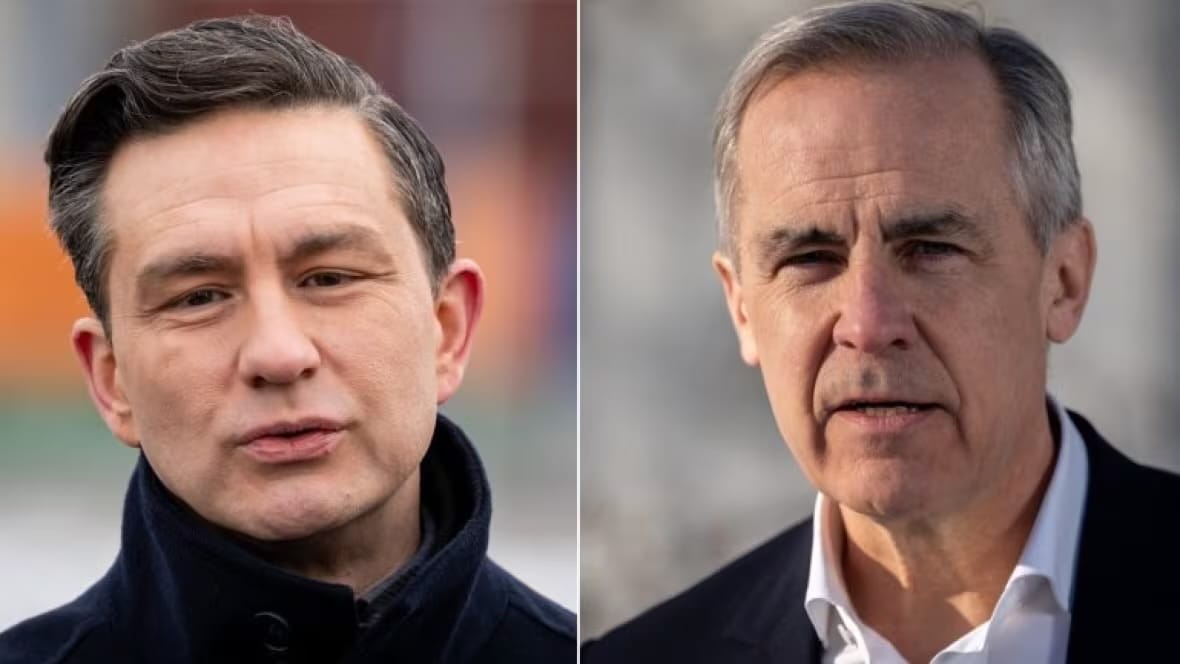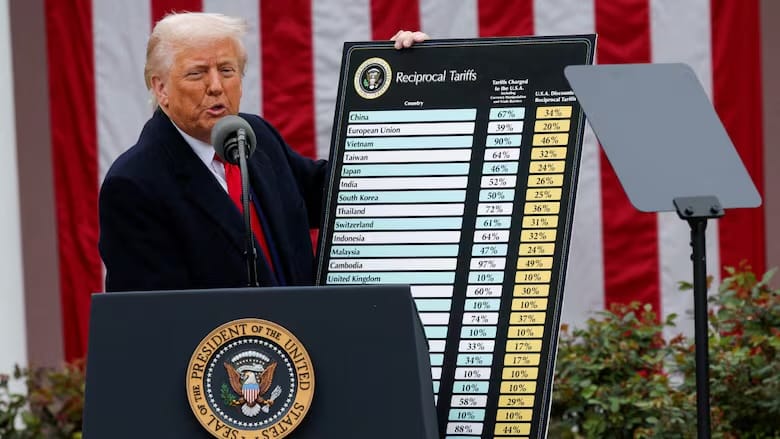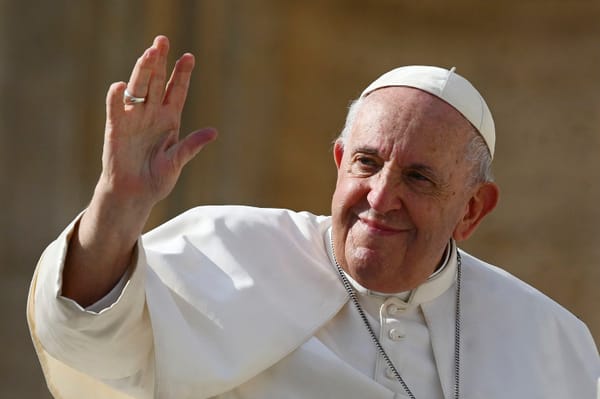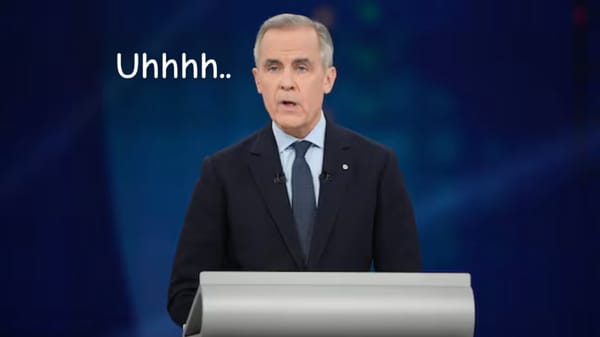The Policies You’re Voting For In The 2025 Canadian Elections

The question on every Canadians mind as we approach the 2025 election: what am I actually voting for? Politicians are great at slinging slogans and smiling at cameras, but what are they standing for. This post will compare the policies of the Liberal and Conservative parties, the front runners of the election.
Economic Policies
Mark Carney (Liberal Party):
• Taxation: Proposes reducing the lowest income tax bracket from 15% to 14%, aiming to provide relief to low and middle-income earners.
• Trade Relations: Advocates for retaliatory tariffs on U.S. vehicles not compliant with the USMCA in response to U.S. tariffs, emphasizing a firm stance on international trade disputes.
Pierre Poilievre (Conservative Party):
• Taxation: Plans to reduce the lowest income tax bracket from 15% to 12.75%, offering broader tax cuts. Additionally, proposes increasing the Tax-Free Savings Account annual contribution limit by $5,000 if invested in Canadian businesses.
• Trade Relations: Emphasizes a “Canada First” approach, proposing targeted tariffs on U.S. goods and seeking to renegotiate trade terms to benefit Canadian interests.
Housing Policies
Mark Carney:
• Construction Initiatives: Unveiled an ambitious plan to double the number of homes built annually to nearly 500,000, focusing on increasing housing supply.
• Tax Incentives: Proposes eliminating the GST on new home purchases under $1 million for first-time home buyers to enhance affordability.
Pierre Poilievre:
• Tax Incentives: Aims to eliminate the GST on new home purchases under $1.3 million for all home buyers, broadening the scope of tax relief.
• Regulatory Reforms: Plans to force big cities to speed up building permits and increase construction by 15% to continue receiving full federal infrastructure funding.
Environmental Policies
Mark Carney:
• Carbon Pricing: Advocates for maintaining the industrial carbon tax on big industries like the steel industry, while eliminating the consumer portion of the carbon pricing policy.
• Sustainable Development: Emphasizes the transition to a sustainable economy with reduced carbon emissions, highlighting economic opportunities in environmental sustainability.
Pierre Poilievre:
• Carbon Tax Repeal: Intends to eliminate the federal carbon tax, arguing for alternative approaches to environmental challenges.
• Resource Development: Plans to repeal environmental assessment laws to fast-track resource projects like pipelines and mining, aiming to boost economic growth.

Foreign Policy and Trade
Mark Carney:
• U.S. Relations: Responded to U.S. tariffs by imposing retaliatory measures on non-compliant U.S. vehicles, signaling a firm stance in trade negotiations.
• Global Alliances: Seeks to build alliances with countries like Germany, Mexico, France, the UK, and Australia to diversify trade partnerships.
Pierre Poilievre:
• Trade Strategy: Advocates for renegotiating trade terms and implementing targeted tariffs on U.S. goods to protect Canadian industries.
• Energy Exports: Proposes accelerating resource projects to increase energy exports, aiming to reduce reliance on specific trade partners.
Social Policies
Mark Carney:
• Affordability Measures: Introduced plans to make life more affordable, including tax cuts and investments in social services.
• Healthcare and Childcare: Emphasizes investments in healthcare infrastructure and affordable childcare to support Canadian families.
Pierre Poilievre:
• Crime and Justice: Proposes stricter penalties for gun, drug, and human traffickers, including mandatory life sentences, aiming to enhance public safety.
• Healthcare Credentials: Plans to expedite the approval of professional credentials for certified immigrants to address healthcare worker shortages.
Understanding these policy distinctions is crucial for making an informed decision in the upcoming election. Each candidate offers a unique approach to addressing Canada’s challenges and opportunities.





